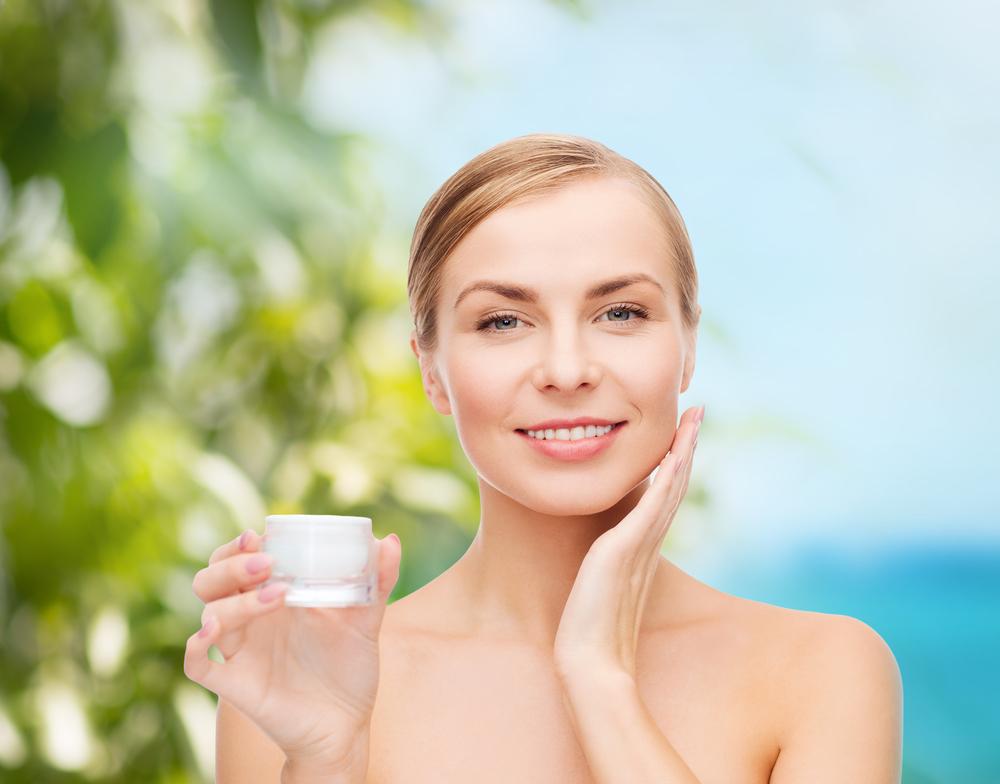
Facts about Anti-Aging Skincare Products
As a person gets older, the skin dries out, loses the underlying fat and muscles, and it becomes thinner. Ageing slows the production of collagen and elastin substance. Loss of the underlying fat and muscles can cause the skin to develop fine lines, sag and become flabby. The creation of less collagen and elastin substance causes the skin to lose plumpness and suppleness of the face. The skin around the eyes get wrinkles, which create crow’s feet on the side of the eye.
Here are some important facts about aging skin and using anti-aging skincare:
1. Common signs of ageing
A person’s facial appearance changes as a person ages. The skin droops, thinning and sagging. The jowl can create the look of a double chin. The reduction in the jaw can make the nose, mouth and forehead more pronounced, and the size of the nose may increase slightly. The fat from the eyelids can settle in the eyes socket making the eyes look sunken. Bags under the eyes are caused by slackening eyelids. When the upper eyelids droop, it can limit vision. The cornea, which is the outer surface of the eyes, can develop a greyish ring. The iris, which is the coloured portion of the eye, loses pigment it can make the eye appear light blue or grey. The eyelashes and eyebrows turn grey.
2. Solutions to ageing skin
Anti-ageing products are trendy and many products claim that they can fight the radicals and stimulate the skin natural collagen production. There is not sufficient evidence that lotions, creams and vitamin slow down ageing or reduce wrinkles. But there is evidence of active ingredients that work and have shown to be effective and safe and effective. Below are five commonly active ingredients and the scientific role they may play in reducing the signs of ageing.
3. Antioxidants
There are claims that Antioxidants can free radicals and fight cell damage. Radicals are molecules can injure cells and cause increased inflammation. A few examples are vitamins A, C and E, beta-carotene and selenium.
4. Peptides
Peptides are proteins that help stimulate new cells and they can help heal skin cells. They are instrumental in stimulating the replacement of elastin and collagen.
5. Alpha-hydroxy acids
Alpha-hydroxy acids, such as citric, glycolic and lactic acids, are natural ingredients. They allow the following:
- The skin layers come to the surface quickly
- The body get rid of dead skin
- Enable new cells to grow.
These alpha hydroxy acids come from milk sugars and fruits, and each acid has a different effect:
- Lactic acid aid in removing dead skin cells, and it is said to have a brightening effect.
- Glycolic acid can help reduce wrinkles, reduce fine lines and make the skin appear tighter and smoother.
6. Retinol
Retinol is a type of vitamin A that can reduce the appearance of wrinkles and increase the elasticity and thickness of the skin. Many experts believed that this vitamin is a tried-and-true method for decreasing signs of ageing.
7. Solution: application
Before you purchase any product for anti-ageing you should review the above active ingredients and make sure the product contains all are some of the above ingredients.
8. Make-up foundation
As you age, caring for your skin is vital if you want to maintain a youthful look. You should start with foundation make-up. Your foundation should include some of are all the ingredients below:
- Antioxidants
- Peptides
- Collagen boosters
Foundations are widely used and they are great moisturizers for aging skin. Professional believe foundation with the luminous finish is more effective. You should choose a lightweight formula that dries out your skin and avoids powders that make your lines more defined.
9. Moisturizers
Moisturizer is a product that creates a barrier that keeps oils in the skin and prevents elements from causing irritation or dryness. It holds water in the outermost layer of the skin. Skin moisturizers for aging skin ingredients can be divided into three categories: humectants, emollients and preservatives:
- Humectants hold moisture in the skin, and it absorbs moisture from the air. They include hydroxy acids, glycerin and urea.
- Emollients help lubricate, smooth and fill in the spaces between skin cells. They include mineral oil, lanolin and petrolatum.
- Preservatives prevent the growth of bacteria in moisturizer. Other ingredients include in moisturizers are minerals, vitamins, fragrance and plant extracts.
10. Eye cream
Anti-ageing eye creams are a moisturized based product. The creams are designed to prevent signs of ageing such as wrinkles, sagging and photoaging, which includes redness, brown discolouration, yellowing and poor texture. When you choose an anti-aging eye cream make sure they include the active ingredients listed above.
11. Serums
The serum is an anti-ageing product that is lighter than moisturizers but contains high levels of active ingredients. Some of the ingredients include such as retinol, glycolic acids, and antioxidants. These ingredients are useful in the following:
- Hydrating the skin
- Fighting wrinkles
- Preventing wrinkles
- Elimination sunspots
- Keep your skin healthy


